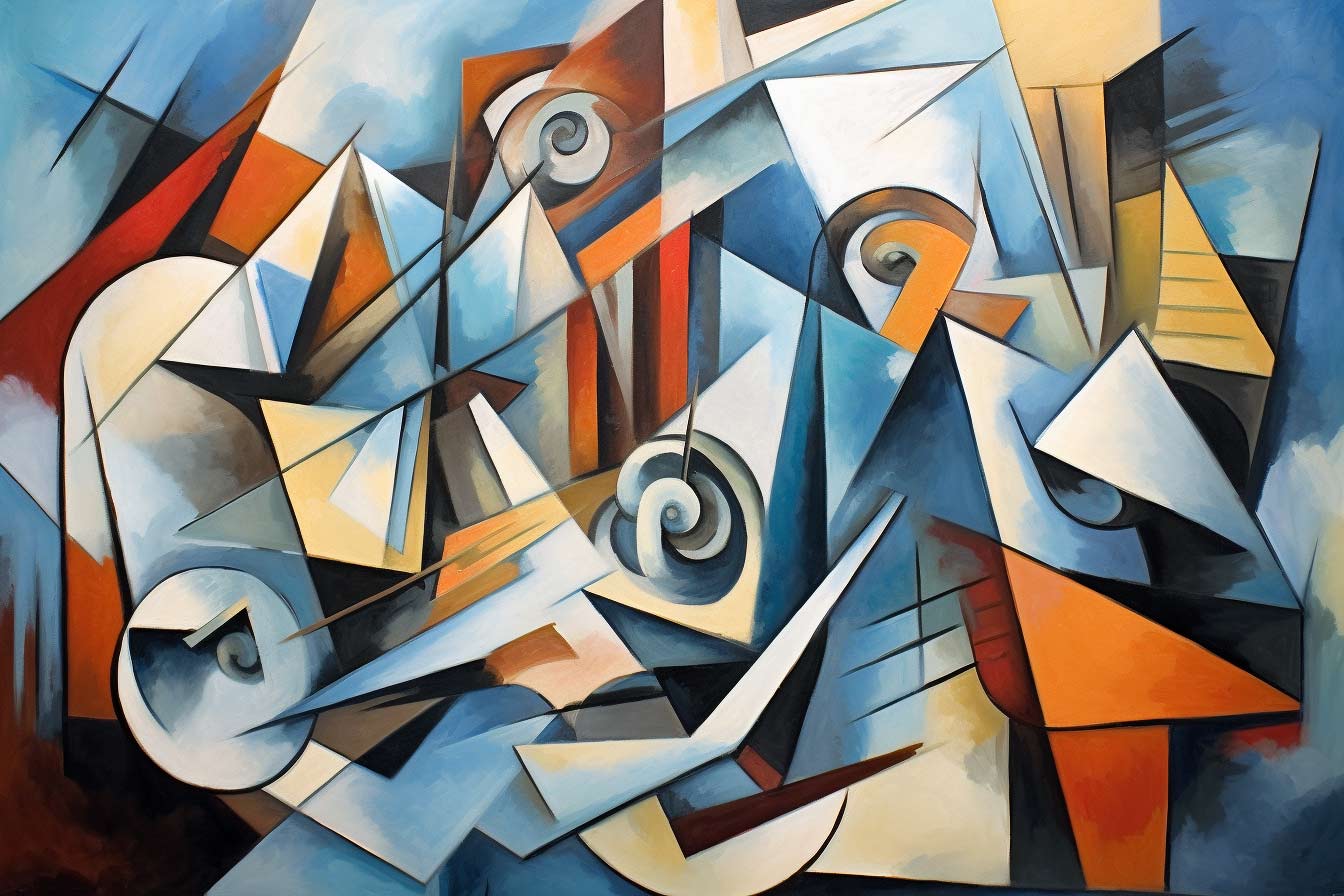Albert Gleizes: A Mosaic of Forms & Vision
In the year 1881, Paris, the city of luminous lights and boundless artistic aspirations, cradled within her embrace a new spirit, Albert Gleizes. Born amidst the whisperings of a new age, Gleizes was destined to be a protagonist in the grand theatre of modern art. His life, akin to the brush strokes of an emerging masterpiece, was poised to redefine the canvas of Cubism.
The tale of Gleizes is intrinsically woven with the tapestry of his times. His early years, drenched in academic pursuits, bore little indication of the artistic tempest that lay dormant within. Yet, as the storm of the 20th century began its tempestuous dance, Gleizes found himself irresistibly drawn towards the realm of artistry. His early works, bathed in Impressionism, were but the prelude to his true calling: Cubism.
Cubism, with its geometric passions and fragmented reality, found in Gleizes a fervent disciple. Yet, his approach to this avant-garde style was not mere imitation. Instead, it was a synthesis of form and colour, a reimagining of reality that sought to elevate the mundane to the realms of the profound. Alongside other luminaries, Gleizes championed the cause of Cubism, translating its abstract tenets into canvases that pulsated with life.
From the vast sea of his contributions, ten cubist masterpieces emerge as beacons of his unparalleled vision:
- “On a Sailboat” (1916) – A dynamic portrayal of maritime motion, where colours and forms dance in harmonious chaos.
- “Portrait de Jacques Nayral” (1911) – A fragmented rendition of the human form, capturing both the physical and the intangible.
- “Man on a Balcony” (1912) – A contemplative piece, juxtaposing the internal solitude with the vibrant external world.
- “Football Players” (1912-13) – A spirited rendition of athletes in motion, casting geometric playfulness on the field of art.
- “The Bathers” (1912) – An ode to human forms, depicted amidst nature, both fractured yet harmonious.
- “Landscape for Jacques Nayral” (1917) – A melange of colours and shapes, encapsulating the essence of a dreamscape.
- “Woman with Animals” (1914) – A testament to Gleizes’ love for bold forms, portraying the ethereal bond between humans and nature.
- “The City and the River” (1913) – A canvas echoing with the rhythms of urban life, juxtaposed with the serenity of flowing waters.
- “Woman with Phlox” (1910) – An early foray into Cubism, capturing the allure of the feminine amidst a riot of colours.
- “The Harvest” (1912) – A celebration of rural life, where geometric contours marry the earthy tones of nature.
The voyage of Gleizes was not confined merely to the canvas. His pen gave life to thoughts on art and its philosophy, and he emerged as a luminary guiding the uninitiated through the intricacies of Cubism. The spiritual also beckoned him, and with time, Gleizes found solace in the embrace of Catholicism, weaving it into the very fabric of his artistry.
As the pages of time turned and the world metamorphosed around him, Gleizes continued to paint, to write, and to inspire. The sunset of his life dawned in 1953, yet, much like the indelible marks on his canvas, the spirit of Albert Gleizes remains immortal, echoing in the annals of art, as a symphony of forms and visions.

